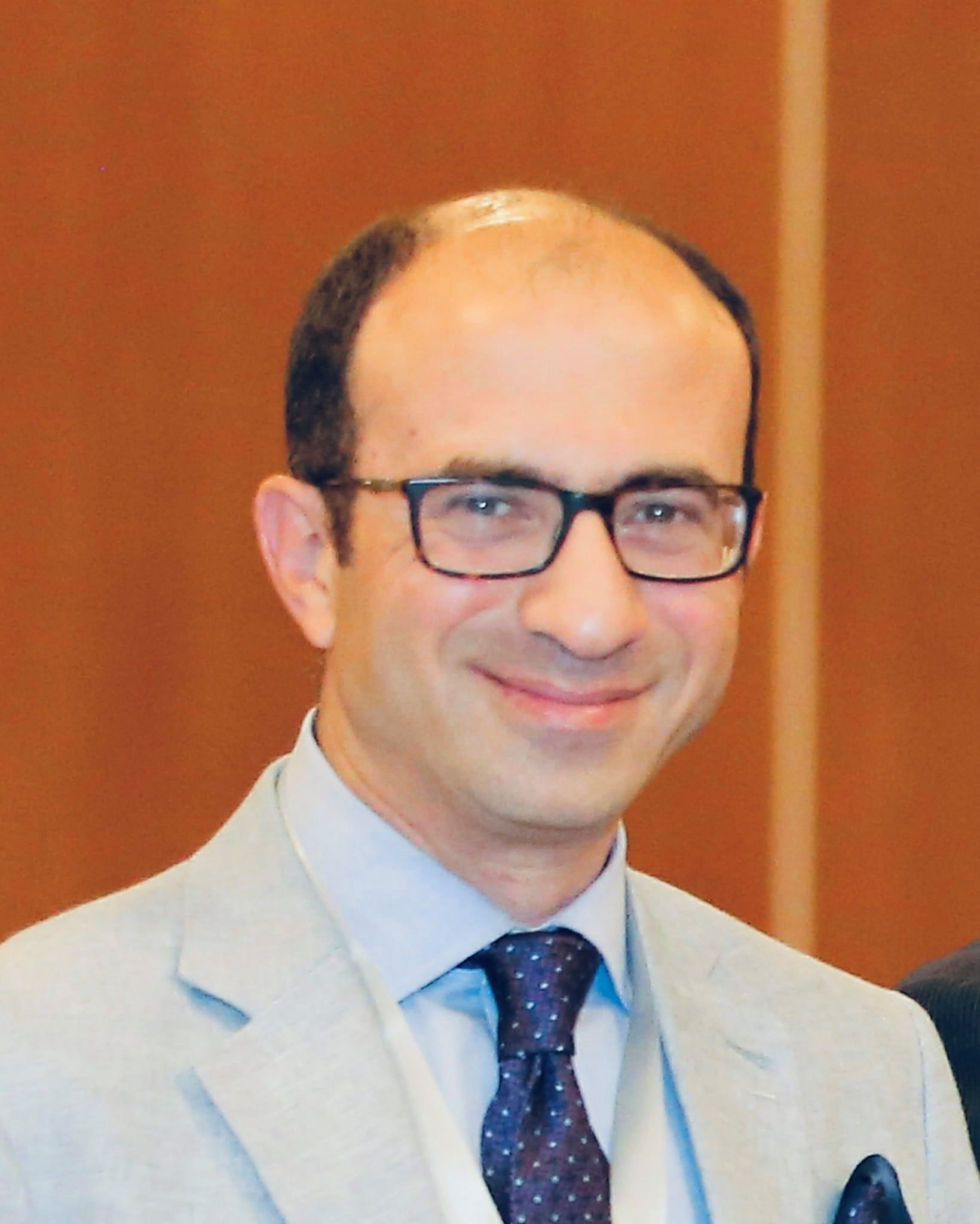
Dr. Ahmed Mostafa is a well-known medical expert with a specialization in transplant immunopathology and more than two decades of experience. He attained his medical degree from Cairo University and later completed his Ph.D. from Memorial University of Newfoundland, Canada. He then pursued postdoctoral and clinical fellowship training in histocompatibility and Immunogenetics at the University of Calgary. Dr. Mostafa is a fellow of the American College of Histocompatibility and Immunogenetics (ACHI) and holds certification from the American Society of Histocompatibility and Immunogenetics. Dr. Mostafa has numerous publications in prominent medical journals and has been recognized with various awards for his contributions to Histocompatibility and Immunogenetics. He is currently an Associate Professor of Pathology at the University of Saskatchewan, Canada, and serves as the Clinical Director and Consultant of the HLA laboratory at St Paul’s Hospital in Saskatoon (Canada).
Advancing renal transplant patient care: Unveiling eplet mismatch thresholds for precise risk assessment and prognosis
Ahmed Mostafa1.
1Pathology and Laboratory Medicine, University of Saskatchwean , Saskatoon, SK, Canada
Introduction: Enhancing renal transplant patient care necessitates a comprehensive understanding of immunological compatibility between donors and recipients. Traditional antigen-matching methods have limitations in accurately predicting rejection risk and graft survival. However, recent advancements in high-resolution HLA epitope analysis offer a promising avenue for precise risk assessment.
Methods: In this study, we delved into the Brazilian Eplet registry database to investigate the intricate relationship between eplet mismatches and donor-specific antibody (DSA) formation in 626 renal transplant patients. Leveraging high-resolution HLA data obtained through sequencing or predictive algorithms, we meticulously examined eplet mismatch thresholds at various HLA loci.
Results: Our analysis uncovered a notable prevalence of DSA formation against HLA-DQ Z(60 patients), alongside a diverse spectrum of eplet mismatch loads across the patient cohort. Significantly, we identified eplet mismatch cut-offs at HLA-A, B, C, and DQ loci associated with increased DSA formation risk (15, 11, 9, 9, p<0.05). Survival analysis further underscored the clinical relevance of these thresholds, highlighting marked differences in DSA-free survival among risk-stratified groups (P<0.01).
Conclusion: Eplet mismatch thresholds offer a refined approach to risk assessment post-transplant, surpassing the limitations of conventional antigen matching. Integration of these thresholds into clinical practice holds immense potential for tailoring transplant management strategies and providing patients with accurate prognoses. This study marks a significant advancement in renal transplant care, poised to transform patient outcomes and elevate standards of post-transplant management.
